Cardboard for scrapbooking: how to choose and what to replace?
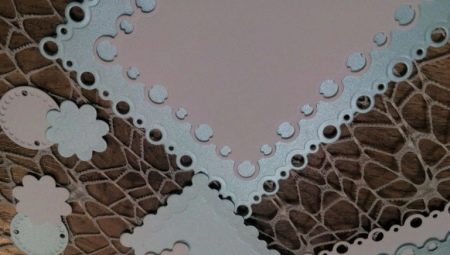
It is often said that the best gift is one that is made by hand. If we are talking about a product using the scrapbooking technique, then this statement is absolutely true. Unusual and beautiful, and, most importantly, unique hand-made photo albums, notebooks, postcards and photo frames will not leave anyone indifferent.
Varieties
One of the main materials for scrapbooking is cardboard. Currently, specialized stores offer a wide selection of cardboard with different characteristics, suitable for all kinds of work. The main indicators that you should focus on when choosing a material are its density, thickness and flexibility.
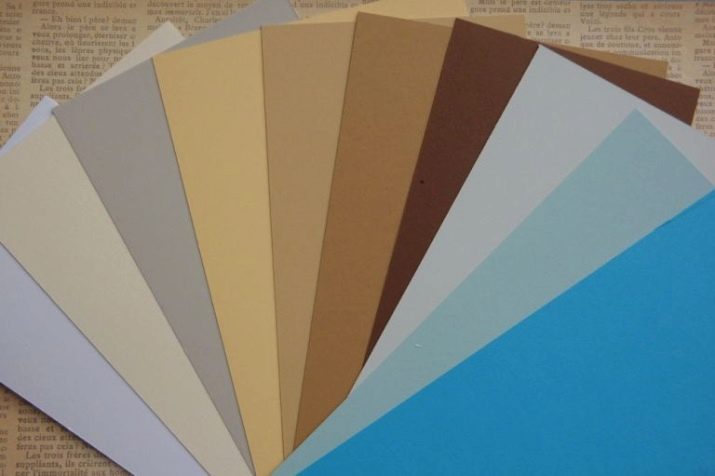
Beer
This type of material gets its name from the fact that it is often used for coasters for beer mugs. It is usually white in color and has a density of 570 g / sq. m., and the thickness is from 1.2 to 2 mm. The disadvantage of this material is that it is pressed, that is, it consists of many thin sheets, and therefore can delaminate from a large amount of glue. The ideal application for beer carton is in photo album pages.
Using it, you should not load pages with a large number of bulky elements, otherwise they may break.
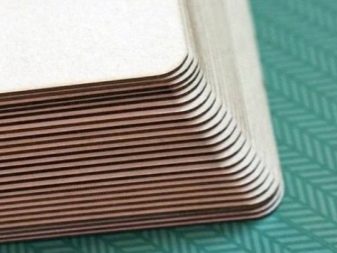
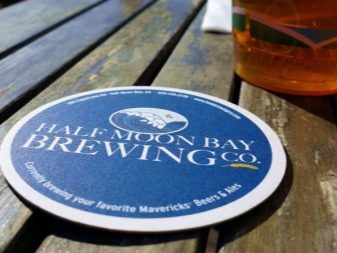
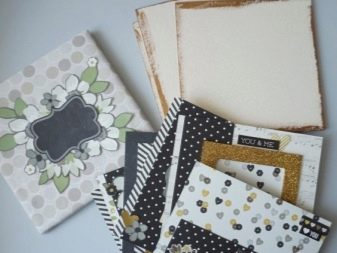
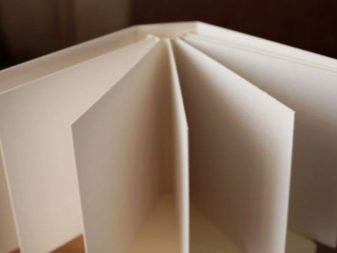
Bookbinding
It is a brown-gray, unbleached cardboard for making hardcover books and notebooks. Its density is very high - 950-2000 g / sq. m., thickness - from 1.25 to 3 mm. It is quite sturdy and quite heavy, so it is recommended to make only covers and individual parts of products from it.
Even medium-density binding board is very difficult to cut, and it is better to use a special cutter for this, but it does not exfoliate like a beer, and does not sour from a large amount of glue.
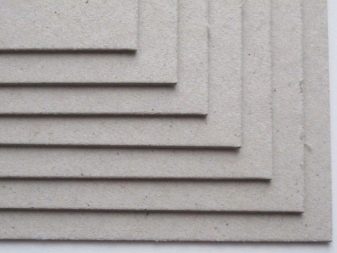
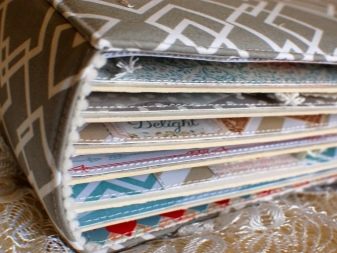
Photoboard
This type of multilayer cardboard was invented in Germany, hence its superior quality. The assortment is represented by a wide range of colors, a wide variety of textures and artistic motives. It can be white, solid color, with various ornaments, drawings and photographs.
For scrapbooking, cardboard with a density of 250 g / sq. Is usually used. m. Due to its small thickness, flexibility and large sheet size (usually 50x70 cm), it is convenient to use it for making applications, origami, photo frames, postcards, photo album pages.
Photoboard is often referred to as cardstock or design board.

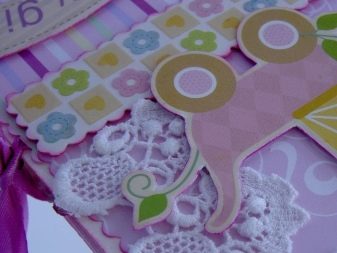
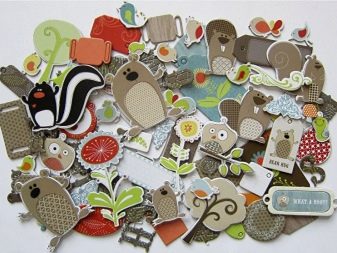
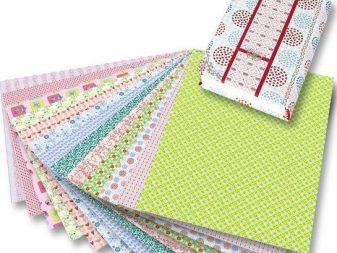
Chrome ersatz
This material is made from production waste: sawdust, shavings, waste paper, unbleached cellulose. It often has an uncoated finish. The density is quite low - 220-520 g / sq. m., thickness - from 0.3 to 0.7 mm. It is widely used to package small, lightweight items, as well as to create gift boxes, "mother's treasures" boxes and photo frames.
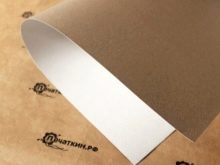
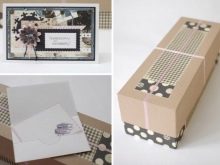
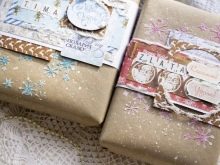
Corrugated board
This material consists of several layers - an inner corrugated layer (corrugated) and outer flat layers. It is used to make various boxes. It is very bulky and less dense than the material commonly used in scrapbooking, and is also easily deformed.
Usually it is not recommended to use it, as the edges are difficult to decorate, but sometimes such cardboard is used to create special photo albums.
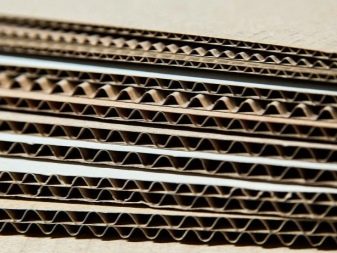
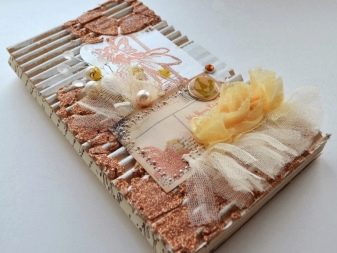
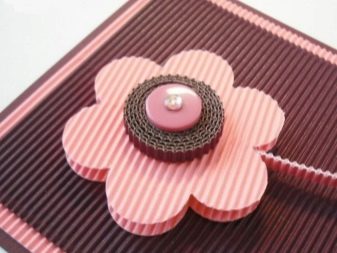

What can be replaced?
Sometimes situations arise when it is not possible to use special beer cardboard for work. In such cases, experienced craftswomen advise replacing it with cardboard from candy boxes or shoe boxes. Also, a suitable dense material is often used for packaging office equipment, children's toys, large puzzles and more.
Of course, such options are suitable when the material is needed for the manufacture of the cover, and in the future it is supposed to be sheathed with fabric or pasted over with something. Sometimes scrapbooking cardboard is replaced with simple material for children's applications or whatman paper.
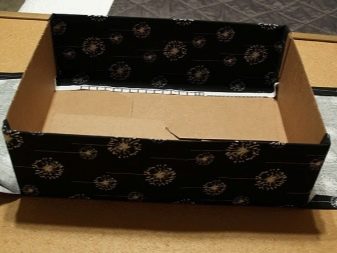
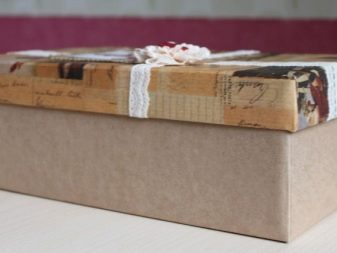
How to make at home?
For the manufacture of design cardboard by decoupage (or napkin technique), a minimum of materials and 10 minutes of time are required, and the result is a whole sheet of material with the desired pattern and interesting texture.
To work you will need:
- cardboard (beer, white cardstock or simple for applications);
- colored paper napkin;
- film for food;
- iron;
- scissors.
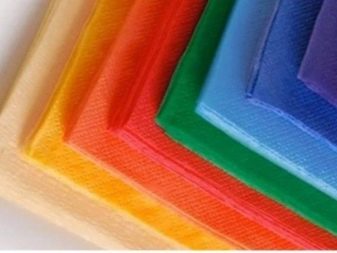
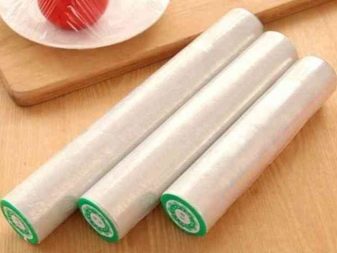
The paper napkin is gently smoothed with an iron and the top color layer is peeled off. A cling film is glued onto the cardboard, a napkin is placed on it and ironed with a hot iron (it is recommended to set the "cotton" or C grade).
Particular attention should be paid to the edges and corners where you can hold the iron well for 3-4 seconds. The resulting product is unrolled and the excess film and paper is carefully cut off, then ironed again from the front and back sides. Thus, even at home, you can get designer cardboard without making almost any effort.
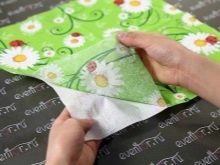
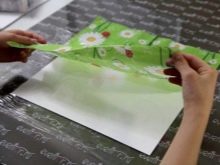
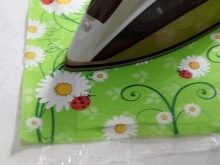
For an overview of scrapbooking cardboard, see the video below.








